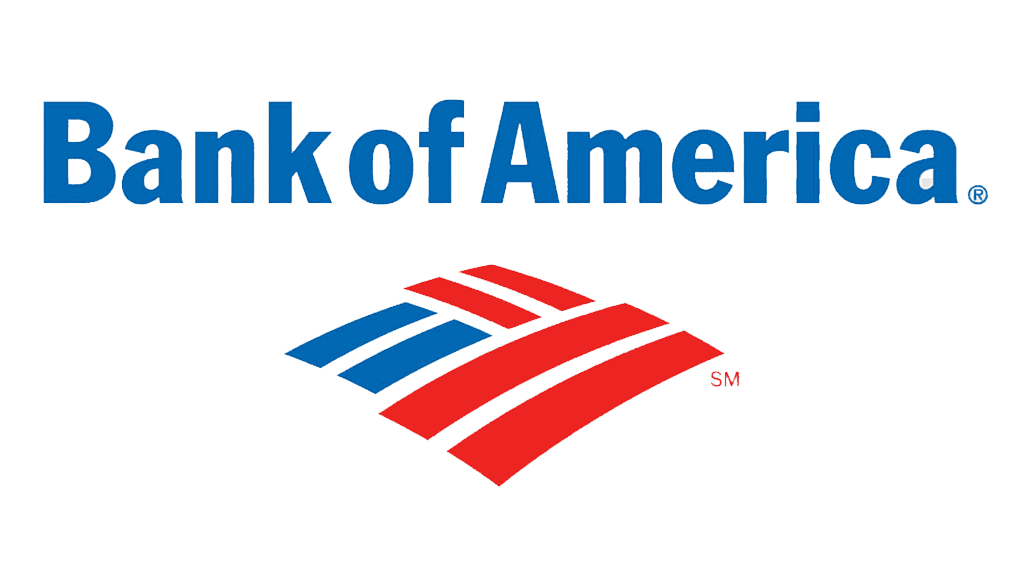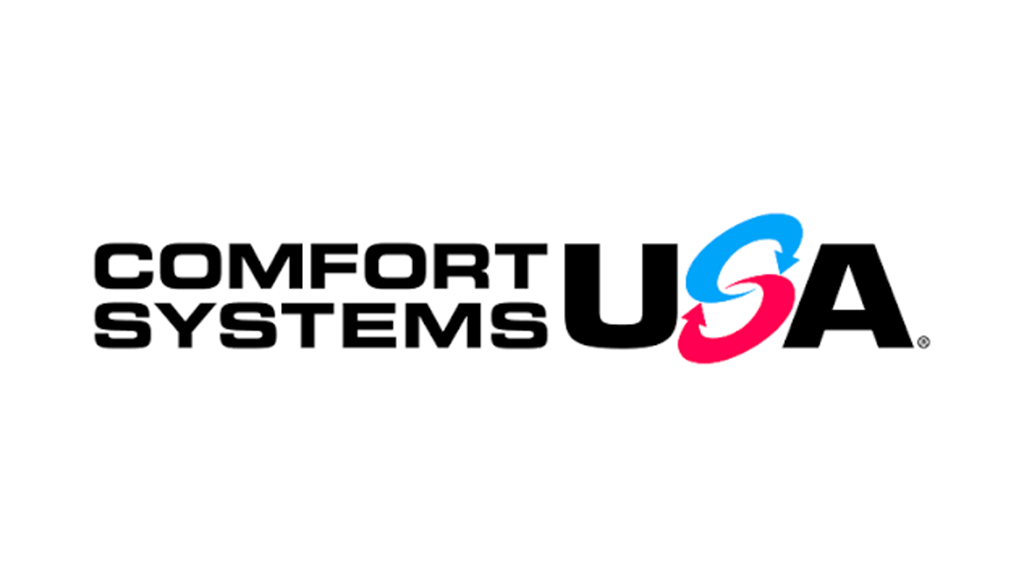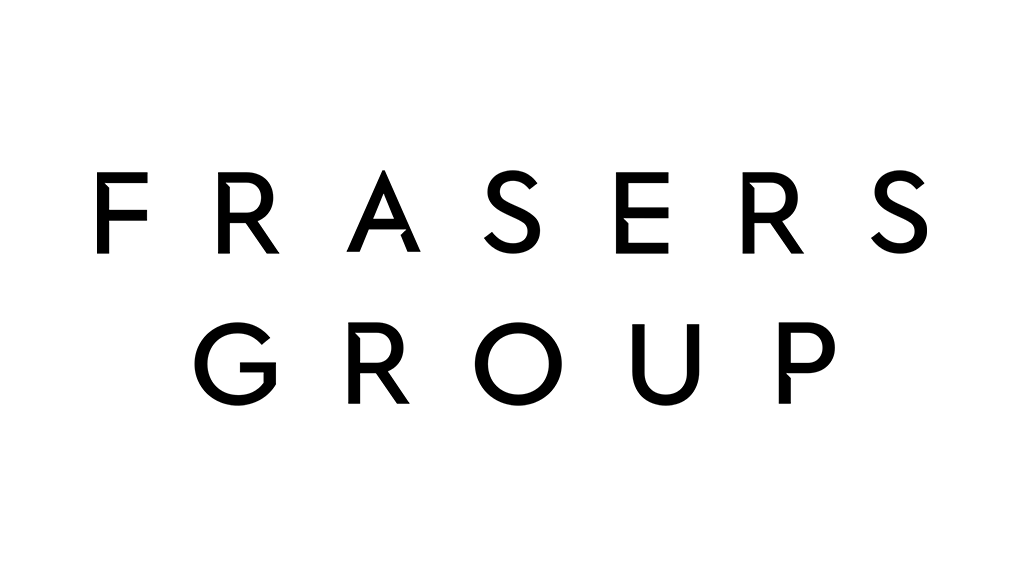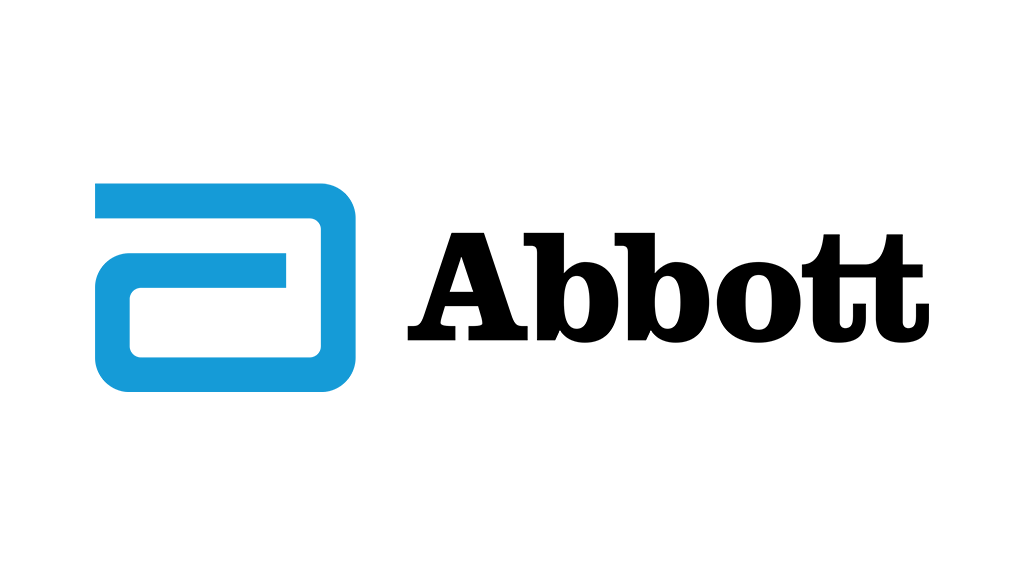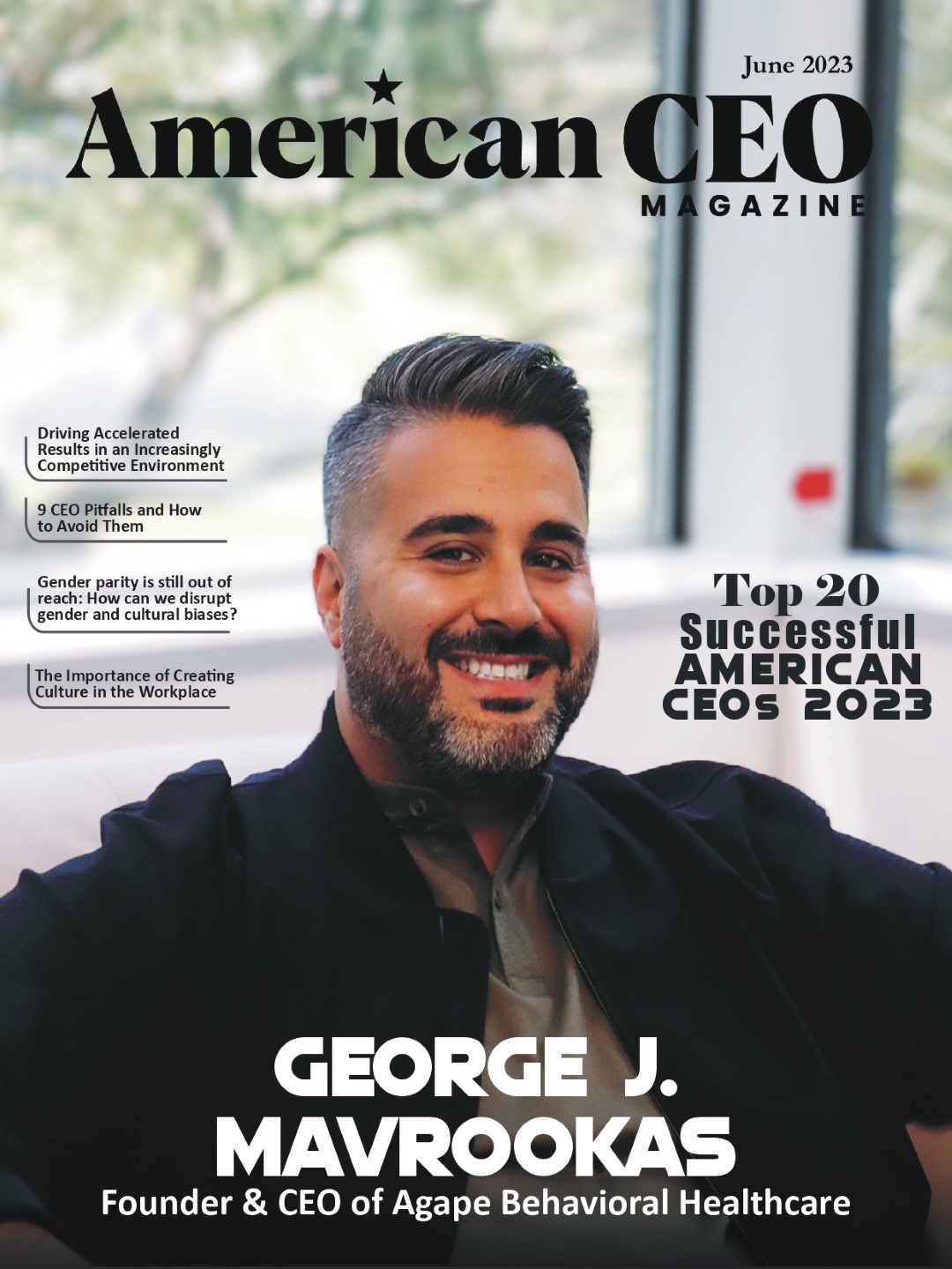Melissa Churchard Hannon
Leadership Coach

Melissa Churchard Hannon
Melissa is a leadership development consultant with over 25 years of experience working with individuals and leadership teams. She is the founder and creator of Shatter & Climb, a unique program specifically designed for women and organizations in male-dominated industries.
Melissa helps people create the life and career they desire by eradicating self-sabotaging patterns that too often limit the development of advanced leadership skills and the opportunity to grow within your organization/company. Melissa helps eliminate self-doubt, set aside limiting beliefs and form strong communities of women who understand what it’s like to work under the pressure of gender bias and discrimination. Shatter & Climb helps individuals and organizations create an inclusive culture and set specific goals to increase diversity in leadership and lead the way in equity.
Melissa is a mother of four, two sons currently in college, two daughters, one entering college in September and one starting high school. She is a competitive equestrian, and volunteer advocate for survivors of sexual assault alongside her therapy dog, Belle.
She is a member of The International Coaching Federation and the Experiential Training and Development Alliance and serves on the board of Unlimited Possibilities (UP) which provides direct service projects worldwide and microloans with a focus on eradicating social injustice.
Why women are leaving the workforce in the greatest numbers ever, what it's costing your organization and what you can do about it.
According to the latest Women in the Workplace Study done by McKinsey & Company, women are leaving the workforce in greater numbers than ever before. It’s important to understand that they are not necessarily leaving the workforce entirely but are actively seeking better companies and opportunities to have their needs and desires met. What does that mean for organizations?…If you’re not paying close attention to these trends and adjusting accordingly, you risk losing current talent or you might miss attracting up and coming new hires. Here are five things your organization can do to become an “employer of choice”:
Address the Pay Gap – According to the Pew Research Center, in 2002 women earned $0.80 to a man’s dollar. It rose just two cents to $0.82 in the last two decades. The wage Gap costs organizations in employee retention and satisfaction rates. There are companies that will help analyze, resolve and prevent pay disparities, as well as many resources online to help your organization equalize pay.
Organizations that implement transparent and equitable compensation practices, gain the opportunity to stand out in competitive labor markets. When employees discover a pay gap, they are more likely to look for another job than exhibit any other behavior
I recently interviewed a well-known university professor who was highly ranked in her department. She was making $20,000 less than her male counterpart who had slightly less experience. When she brought this issue to the university, she was told he demanded that salary in order to stay and they felt he was just too valuable for the university to lose. She ended up leaving and taking her research and leadership to another university.
Diversify Your C-suite – Numerous studies have linked gender diversity in leadership to improved financial performance for companies. Diverse companies tend to outperform their less diverse counterparts, as they can tap into a wider talent pool, attract more diverse customers, and better understand the needs of diverse markets. Employees pay close attention to whether or not there are people in advanced leadership roles that look like them.
In a conversation I was having with a brilliant client and aspiring senior leader in the banking industry, she explained she left her current position, took a pay cut, and a longer commute to work for a different bank simply because there were women in senior leadership roles. The job she left had no women in upper management or senior leadership. When employees see leaders who reflect their own backgrounds and experiences, they are more likely to feel valued and included, leading to increased loyalty and productivity. It helps break down stereotypes and encourages future generations to pursue leadership roles, contributing to a more diverse pipeline in the future.
When individuals see leaders of their own gender in top positions, it serves as a powerful form of role modeling and inspiration. It encourages aspiring leaders from underrepresented genders to pursue their career goals and contribute to the organization’s success.
Senior leadership teams with diverse skill sets, perspectives and experiences can help make the organization more agile and adaptable to change. Having a mix of genders in leadership positions can lead to more balanced discussions, challenge groupthink, and foster a culture of healthy debate – all of which contribute to making healthier culture overall.
Train Your Managers – Throughout my career I have had to listen to phrases such as” leaders are not made, they are born”. Managing and leading people is not just a skill that can be learned. It needs to be taught, coached and reinforced with individualized training and ongoing support. For many managers, developing others is not intuitive.
Stop offering “one size fits all” leadership development training. Instead, deliver leadership development training that is specific for women and the individual.
Employees need to learn how to understand their people, what motivates them, be clear on the person’s strengths and weaknesses, have difficult conversations if necessary, and understand the employee’s goals for advancement. They also need to learn the skill of giving the right feedback in a timely manner. Women face greater obstacles than men when it comes to promotion. Often, women receive vague feedback that is connected to building relationships and overall team performance rather than to specific business results that lead to promotion.
Employees should have access to regular 1 on 1 meetings geared toward development and reaching individual goals. This is better for the employee’s potential, retention and engagement, all of which affect the business bottom line.
Create a Zero Tolerance Culture that does not tolerate microaggressions or harassment of any kind – Train employees on unconscious bias, allyship and mentoring. Women are more likely than men to have their judgment questioned, be talked over, have others take credit for their ideas, and experience gender bias or microaggressions that imply they are unfit for their jobs. Astonishingly, 44% of female employees say they experienced microaggressions or harassment in the workplace. Just over 50% of those incidents are reported to employers.
If you are a senior leader, put a stake in the ground about your organization’s commitment to zero tolerance by implementing a high profile, high priority pilot program that puts emphasis on individual development, trains employees in allyship and mentoring, and is geared toward creating a supportive culture for all to feel psychologically safe and valued. Addressing unconscious bias in the workplace through awareness training, diversity and inclusion initiatives, and promoting a culture of fairness and open dialogue is crucial for organizations to realize the full potential of their workforce, attract and retain top talent, and drive sustainable growth and success. By creating an inclusive environment that values diverse perspectives, organizations can enhance their bottom line through improved performance and innovation.
Allow Flexibility For All Employees – This will help eliminate burnout. Women are twice as likely to leave their jobs because of lack of flexibility or poor company culture. Employees who have the flexibility to complete their work when and where they want are more efficient, happier, and less likely to look for employment elsewhere. In hybrid work environments, employees are likely to experience fewer microaggressions and experience a more psychologically safe environment. This does not devalue the importance of face to face interactions but makes that time deliberate and impactful.
A McKinsey survey confirmed that almost half of women leaders say flexibility is one of the top three considerations in job mobility. Yet, while many companies claim to embrace flexibility, only 33% of the women in a Deloitte study say their employers offer flexible work policies. Worse, 94% of respondents believe that requesting flexible options will negatively impact their chance for promotion.
It’s time for leadership in organizations to start making bold choices, commit to advancing and retaining women employees, unpack implicit gender bias, set goals to increase diversity at every level, and create a supportive and informed culture where all employees can thrive.































